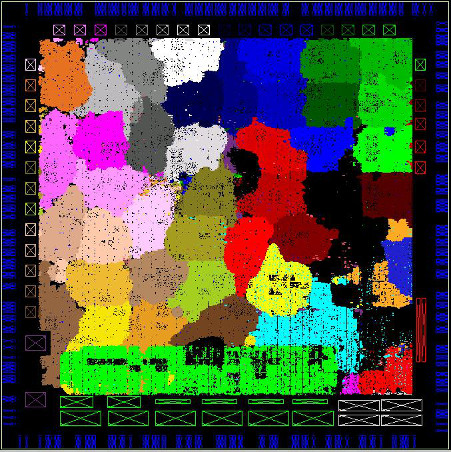
GNSS positioning has been shown to have great potential for satellites in Geostationary Transfer Orbit (GTO) and Geostationary Orbit (GEO). Whereas the initial focus has been on using standalone GNSS receivers for this purpose, a recently completed ARTES Advanced Technology activity addressed the feasibility of embedding a GNSS receiver in the central computer of a satellite.
The project’s prime contractor, Thales Alenia Space Italia, determined that a low-cost, single-frequency GNSS receiver can provide positioning and timing services to the host platform in almost all the flight phases, significantly improving spacecraft autonomy and simplifying ground-tracking activities. As part of the ARTES-funded activity, TAS-I developed a GNSS receiver module which can be hosted inside the spacecraft’s on-board computer. This ASIC (Application-Specific Integrated Circuit) is known as AGGA4.
The embedded AGGA4-based receiver costs less, has lower mass, and consumes less power than a standalone GNSS receiver, while nonetheless delivering comparable performance. It is now slated to be further developed and qualified within the framework of TAS Spacebus Neo, part of the ESA-supported Neosat initiative to develop a mid-sized (3-6 tonne) satellite platform which will accommodate a broad spectrum of telecommunication payloads.
"For SpaceBus Neo spacecraft using all-electric propulsion, an autonomous GNSS-based navigation system for the lengthy transfer orbit process will substantially reduce the need for continual ground station support," says ESA's Andreas Mauroschat, Neosat Programme Manager "But regardless of the propulsion system, autonomous station-keeping using GNSS will reduce operational costs, improve pointing performance and make this new generation of satellites more competitive in the global satcoms market."




